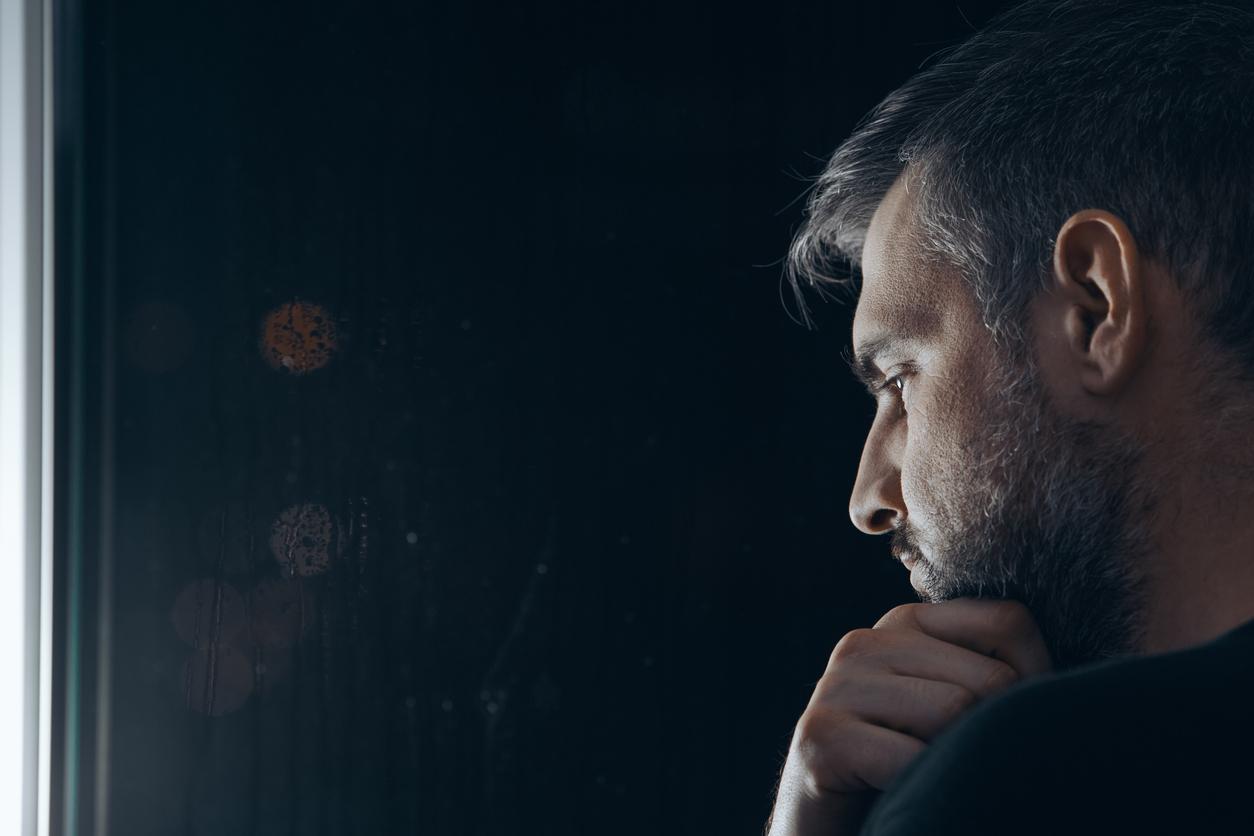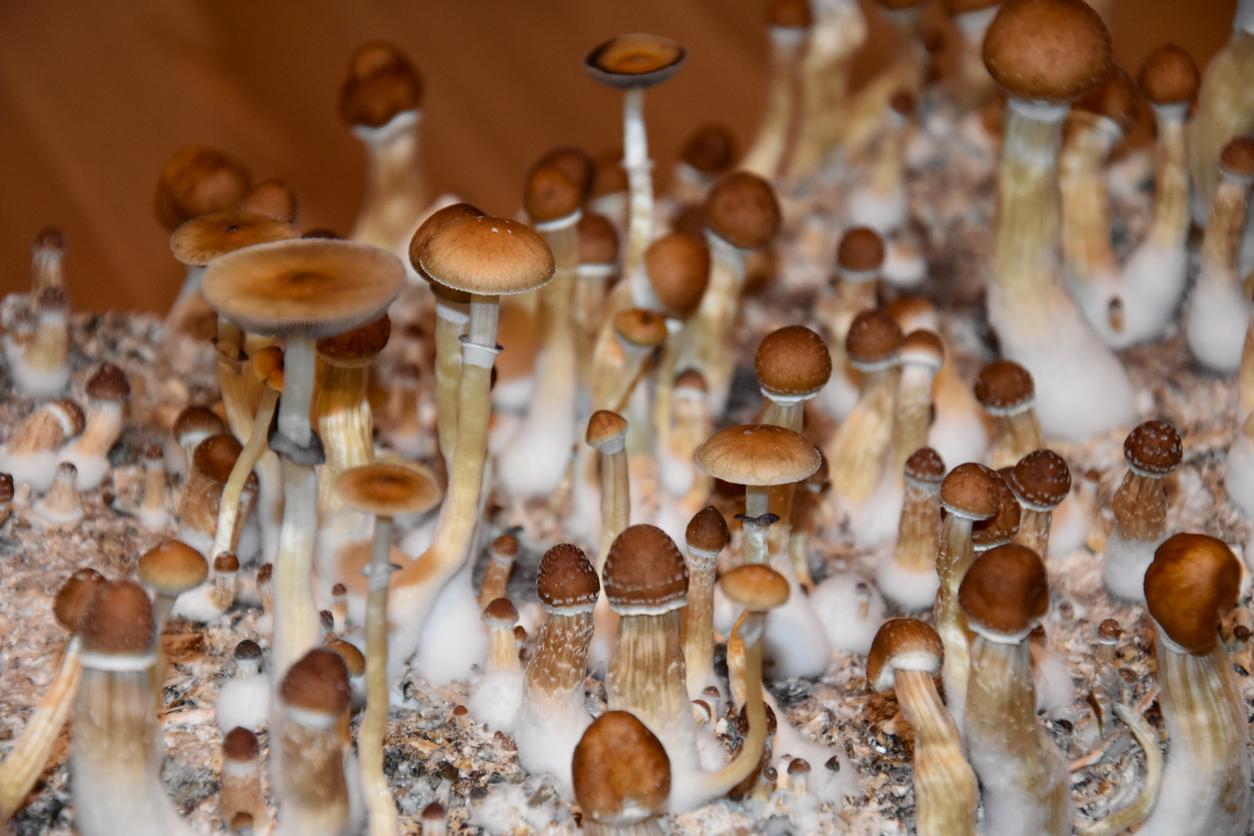Be happy ! The injunction to happiness has made us forget that sadness is an essential emotion. Coach Susan Cain’s new book, The Happiness of being sad. The strength of melancholics in a world where grief is forbidden (ed. Leduc), gives it back its letters of nobility. “Like the cycles of nature, summer after winter, day after night, spleen and melancholy are part of the human emotional palette,” recalls psychotherapist Ondine Khayat.
But what is sadness for? This cleverly buried emotion, with phrases like “Don’t be sad”, “A boy, it doesn’t cry”, “Grit your teeth and smile”?
Melancholy is an invitation to create
“Melancholy, this vague and vague state, conducive to reverie and the imagination, is well known to artists, who draw from it a source of aspiration to create”, explains Ondine Khayat. This “spleen” is a particular state , between two waters, combining evil to live and inspiration, allowing to “feel a space of creation in us. “This desire to express its artistic fiber also contributes to evacuate the emotional overflow felt. Do not hesitate to take a notebook and write. For Susan Cain, “the secret that our poets and our philosophers have been trying to reveal to us for centuries is that fragility is the engine of our maturation.”
How to tame your sadness?
Of course, feeling sad is not a pleasant feeling. “But when we manage to tame it, it gives access to unsuspected resources within us. Resources of courage, autonomy, the ability to be able to look ourselves in the face, to become aware of ourselves”, continues Ondine Khayat. Thus, when we feel sadness invade us, instead of trying to escape and distract ourselves (at the risk that it comes back more strongly in another way), “keep living, don’t muzzle it, go through there and realize that you are just getting through it.”
An example ? Melancholy assails you, and you have to take public transport. Take your train enveloped by this state of grief, stay focused on your feelings, your perceptions, your way of seeing the world around you differently with this filter of sadness. What is changing? What do you see again? You can also tame it by giving it a little name (“Here, here is the black angel again”), a color according to its intensity, a texture according to your feelings. In this inner dialogue, you can ask her what she wants, why she is there. Talking to him, giving him the right to speak, also helps not to be invaded and swallowed up by sadness.
To accept one’s sadness is to accept one’s vulnerability
“The tears are on the edge of the eyes? You can take each other in the arms, like a self-embrace or just put your hands on your heart”, explains Sandrine Jourdren, personal development coach. Far from selfishness, self-compassion allows one to feel human warmth and a state of inner security (“I’m here, everything is fine”).
Put yourself as an observer, take a step back from a situation, also allows you not to be in rumination, nor inflict self-criticism (“I suck”, etc.). For Sandrine Jourdren, “sadness is a healthy reaction to an event that disturbs us (mourning, separation, change of life) or to needs that are not met during the day.” Self-compassion allows you to bring a dose of love, tenderness and attention in a difficult moment. You feel sad, ask yourself, right now, what do you need to do yourself good? And listen to yourself!
Accept and relate to others
Seeing a stranger cry does not leave us indifferent. For Susan Cain, compassion and empathy show that “it is precisely sadness that can create the union of souls.” To accept his sadness is to accept his vulnerability, his part of humanity. But it also means stopping wanting to fight “against” (an illness, job loss, a situation…) and accepting the idea of impermanence. Nothing lasts…
Our experts:
- Ondine Khayat, psychotherapist, author of Experience yourself(First ed.)
- Sandrine Tolegano Jourdren, mindfulness and self-compassion meditation instructor, co-author of Journey to Your Inner Wisdom, ed. Eyrolles
















